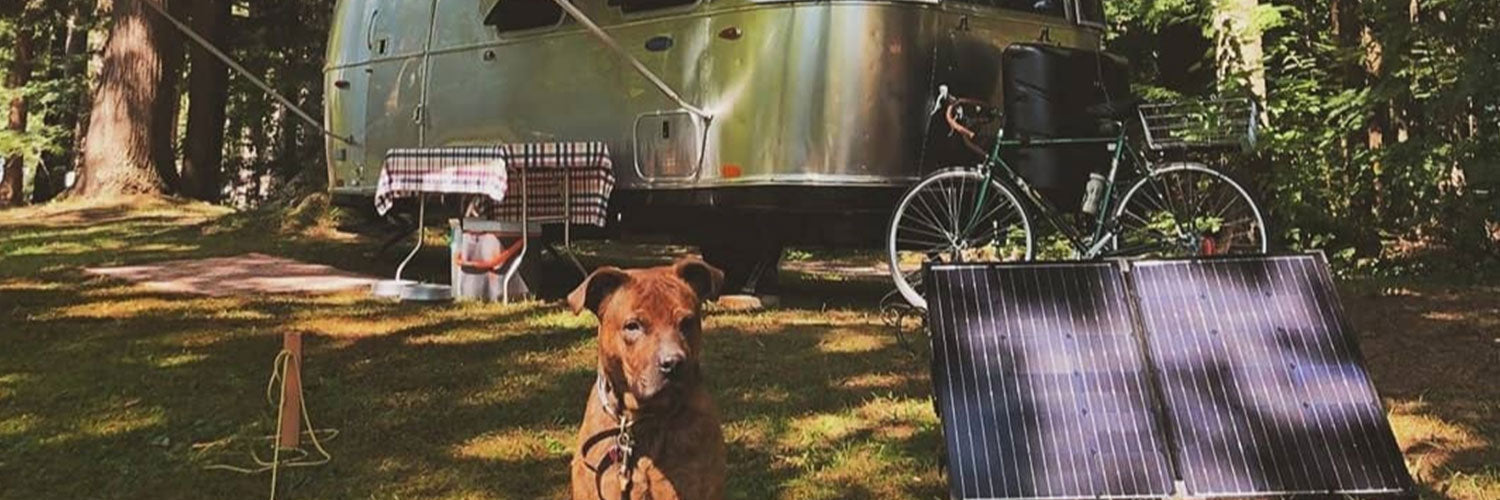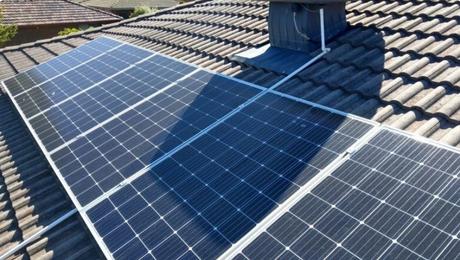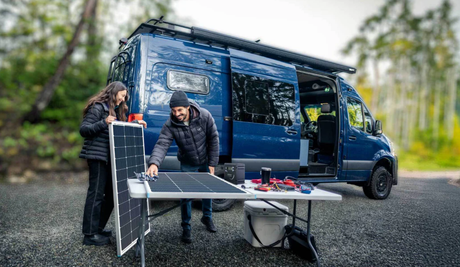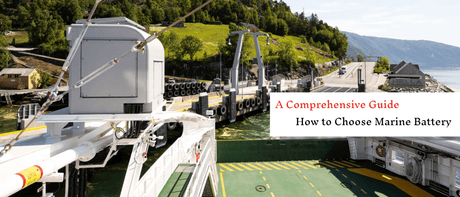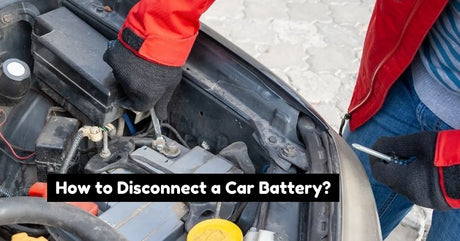When it comes to planning for a solar installation, a common hurdle to navigate is shading. Although shade can have a negative impact on your overall solar output, it doesn’t mean you can’t go solar if your roof is shaded. Navigating around shade simply requires a bit more research and shopping to build a system that will operate at the highest efficiency possible.
How Exactly Do Solar Panels Work?
First off, let’s talk about how solar energy works. As we know, solar panels collect energy from the sun and convert it into electric current that our solar installations can use, store in batteries, and power devices and appliances in our home. Solar panels are made up of many solar cells made of silicon and have both a positive and negative layer. This creates an electric field. When sunlight hits a solar panel, it creates an electric current.
To move that current, you’ll connect your solar panels to a charge controller, battery, and inverter. Charge controllers limit and monitor how much current goes through a battery. Batteries then store and produce DC power. In order to use household AC appliances, such as blenders, laptops, and phone chargers, an inverter is installed to change that power from DC into usable AC power.
Do Solar Panels Work Under Trees/Shade?
As noted above, we need sunlight in order to create electric current. If your solar panels are in the shade they will in fact still work, just at a lower capacity due to lower sunlight exposure levels. Though how much it will be impacted is dependent on exactly how much shade the solar panels are facing, a rule of thumb is that solar panels will produce about half as much energy as they would in direct sunlight.
Don't let shade limit your energy potential. With Renogy's advanced ShadowFlux Anti-Shading Solar Panel, you can dramatically reduce power loss and maintain maximum output. Whether in the rain or the shade, this panel provides continuous, reliable power throughout the day, just as it would under full sun.
How Can I Build a Solar Installation to Operate Best in the Shade?
The short answer to this is: inverters. There are two main types of inverters: microinverters and string inverters. Microinverters are attached to each panel in a solar installation, so if one of your panels is shaded, it will not impact the output of the other panels.
In the case of string inverters, each of the panels are part of a connected system, similar to a plumbing installation. If solar power is like water flowing through your pipes, shade is something that blocks that flow. The output of the entire string will be greatly reduced as long as there is shade.
Should I Stay On-Grid if My Roof Is in the Shade?
A grid tied solar installation will give you the ability to collect energy with your solar panels and save money on your utility bills, but it also gives you the option to tap into the grid during times of day when your panels are exposed to the shade or during cloudy weather.

Which Solar Panel Works Best in Shade?
Solar panels with microinverters are best equipped to deal with shading issues because as noted, each panel has a separate microinverter. If you want to use string inverters, we’d recommend purchasing power optimizers.
Power optimizers are small and attached to each of your panels. The job of the optimisers is to condition the power produced by the panels so be as friendly to the inverter as possible. This maximizes the overall solar installation output.
Tips on String Inverters and Microinverters
String inverters are the most common inverter for household installations. In a string inverter system, all of your solar panels are connected to the same inverter. While this cuts down on the need for lots of separate inverters, it also means your system is only as strong as the weakest link. So if one or two of your panels is covered by the sun, the rest of the panels will operate at that same decreased efficiency.
A solar installation with microinverters has an inverter on each solar panel. So if one panel has a shadow cast on it, the rest of the panels operate at their peak efficiency because each panel has its own inverter.
Recommendations for Building a System With Partial Shading:
- Plan your solar array to be mounted where there will be no regular shading: When first planning where you want to mount your solar panels, try to plan for mounting them where they will get the most sunlight. Consider all times of day as well as all seasons of the year to consider whether a tree, chimney, or your roof itself will cast a shadow over where you plan to mount your solar panels. An installer can use a range of advanced mapping tools to see if shading will be a problem. If you are in a situation where there’s not a feasible, unshaded spot on your roof to mount your solar panel array, you can consider installing ground mounted solar panels.
- Use a string inverter that has MPPT capability: You may have heard of Maximum Power Point Tracking in the context of charge controllers. MPPT is also now a technology that comes standard in most quality inverters. An inverter equipped with an MPP Tracker (or several of them) is able squeeze the most usable energy possible out of a string of solar panels (even when shaded) by adjusting the voltage to always suit the inverter’s preferred input range. In a nutshell, an MPP Tracker helps to minimise output losses associated with partial shading and other panel output mismatches.
- Install a system with microinverters: As noted earlier microinverters make it so if one of your panels is covered by shade, your other solar panels will not be affected.
- Install a system with power optimisers: Power optimisers are small and usually installed at a ratio of one per solar panel. However, unlike microinverters, a central inverter is still required to convert the DC electricity from the panels into usable AC electricity. The job of the optimisers is to condition the power produced by the panels so be as friendly to the inverter as possible – thus maximising overall solar system energy yields.
Conclusion
When it comes to navigating building a solar installation that continues to operate at high efficiency levels in the shade, we recommend mounting your solar panels on the sunniest portion of your roof and purchasing a system with microinverters or power optimizers. You’ll get a lot of bang for your buck by doing the above and ensure you have a powerful system, no matter the conditions,

